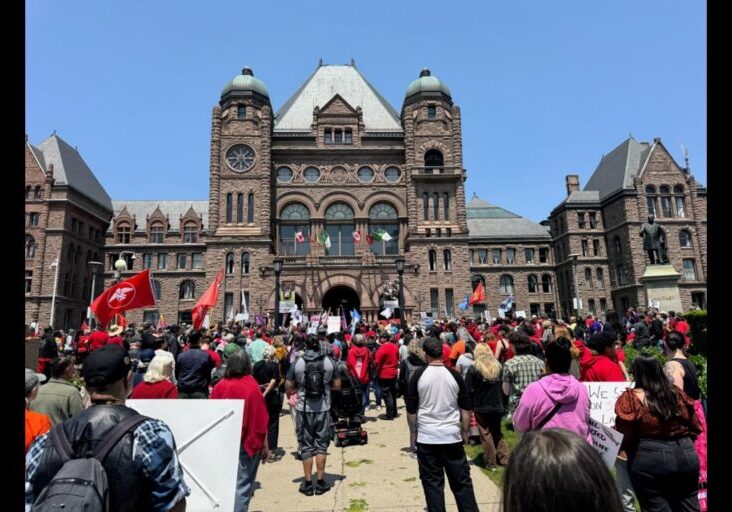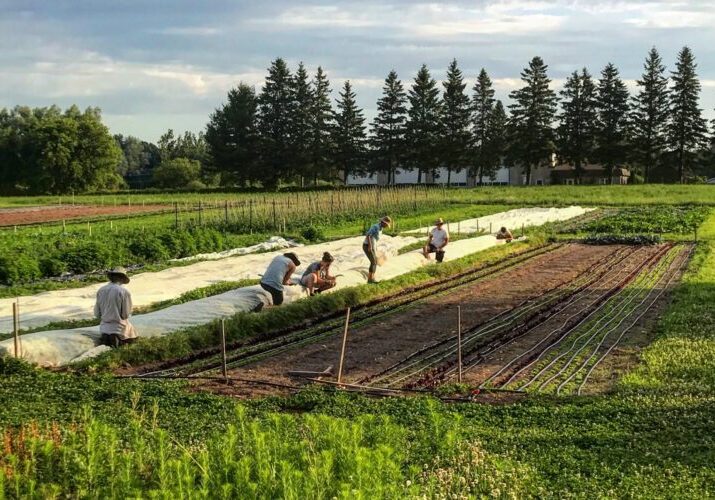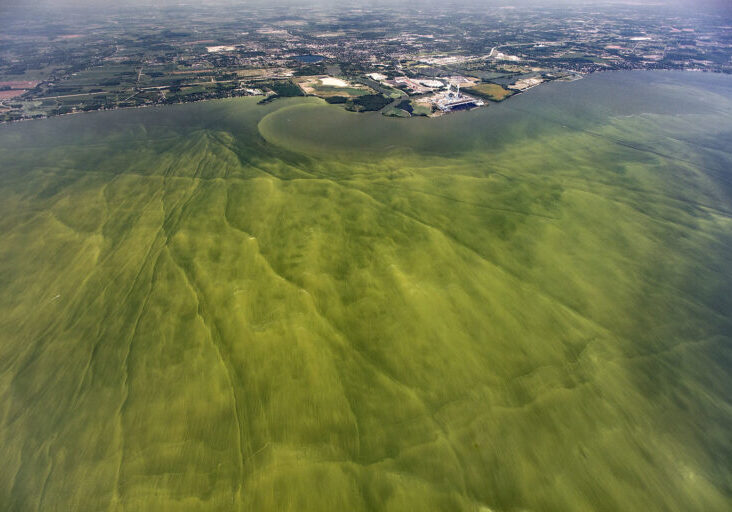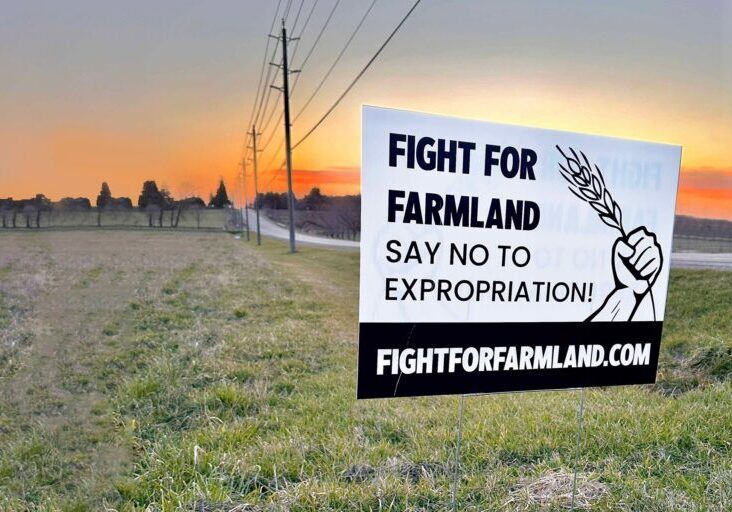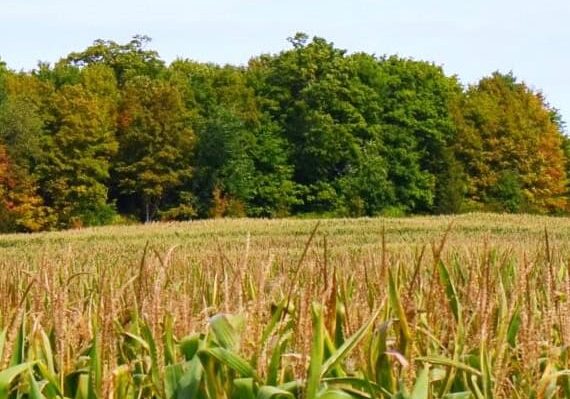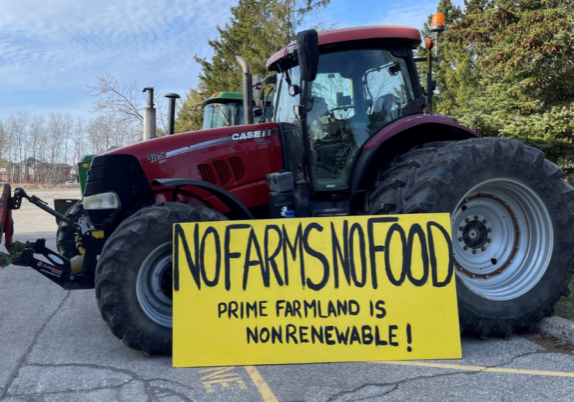No Need to Expand Urban Boundaries to Meet Housing Targets in Greater Golden Horseshoe by 2031
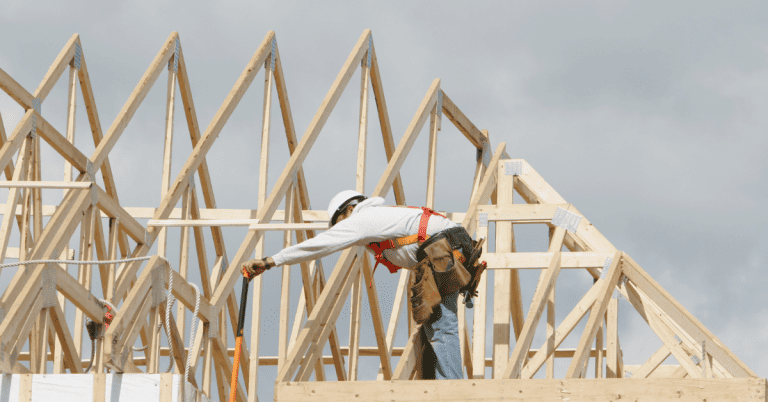
February 27, 2023
Toronto, Treaty lands and traditional territories Mississaugas of the Credit and the ancestral territories of the Haudenosaunee and Wendat people.
For immediate release:
A new report makes it clear that there is more than enough land already in the planning pipelines to build over 2 million homes by 2031, far more than the 1.5 million housing units the Province wants built across Ontario. This makes it evident there is no planning rationale for building on the Greenbelt or mandating sprawl development.
As many experts have pointed out since the beginning of the Ontario government’s push for settlement boundary expansions in the Greater Golden Horseshoe (GGH), the region has a large supply – more than 350 km2 at last count – of unbuilt “greenfield” land already designated for development. There is so much existing land inside urban boundaries that the region would need to double the rate of land consumption in the 21st century in order to consume it all within three decades. With good faith efforts to enhance the density and walkability of new developments, and to direct the bulk of growth to existing neighborhoods that need it, there is no reason to expect that the GGH would ever need to expand beyond existing urban boundaries, let alone into the Greenbelt.
The new report, entitled: Review of Housing Unit Capacity Identified in Initial Land Needs Assessments Prepared for Upper and Single Tier Municipalities in the Greater Golden Horseshoe and authored by Registered Professional Planner Kevin Eby, reveals that even without accounting for such improvements in land use, and despite recent changes designed to promote more wasteful land use patterns, no additional farms, forests or protected Greenbelt areas would be needed to meet the provincial government’s goal of building 1.5 million homes in Ontario by 2031. The research was provided to the member organizations of the Alliance for a Liveable Ontario and its key findings include:
- Even without improvements in land use, and accounting for government interventions designed to reduce land efficiency, cumulative capacity inside existing urban boundaries at the time the new 2022 official plans were being prepared already exceeded two million units in the GGH alone.
- That is almost twice the cumulative number of housing units required to be built by 2031 within the 25 GGH municipalities that have been recently assigned new housing targets by the Province.
- Many municipalities required no, or extremely limited, urban area expansions to accommodate population growth forecast by the Growth Plan to 2051.
- No additional overall housing capacity would be required in the GGH to meet the GGH’s share of the 1.5 million housing target for the Province of Ontario by 2031.
This research suggests that the dismantling of environmental protection and anti-sprawl rules undertaken by the provincial government starting in 2020 are not – as the government has implied – required to achieve the construction of more housing. Such measures included:
- Removal of 7400 acres of protected Greenbelt lands.
- Expansion of urban boundaries by thousands of hectares through provincial approval – or wholesale replacement of – City and Regional Official plans.
- Proposed continued use of Minister’s Zoning Orders to facilitate development of
additional greenfield housing development. - Proposed elimination of upper-tier municipal planning functions.
- Removal of Conservation Authorities’ ability to work with municipalities on planning issues, including natural heritage conservation.
- Potential forced sale of lands owned by Conservation Authorities capable of accommodating future housing.
- Proposed elimination of the Growth Plan for the GGH.
The homes required to reach the projected 2 million number could be built in the range of types and forms, and at the lower than beneficial densities that have occurred in the past, and still achieve this goal. Even more homes could be created in this same area if forms and densities were built that would provide optimal arrangements for supporting public transit, walkability, higher amounts of public amenities and lower infrastructure costs.
The new research report summarizes information that is publicly available from regional governments across the GGH and demonstrates how many homes were planned to be built inside the urban boundaries that existed before the 2022 boundary expansion. The summary of projected housing numbers also reflect planned building at the densities that the municipalities had chosen during their respective Lands Needs Assessment processes. These housing densities are generally lower than recommended by the Growth Plan to ensure that optimal numbers of people are living per acre to facilitate affordable transit and infrastructure costs. Therefore, the 2 million total projected homes that could be built represent a conservative estimate of total possible future supply to 2031.
-30-
The following member organizations of the Alliance for a Livable Ontario have supported this work and are available to comment on its implications:
Olivia O’Connor, ACORN – Hamilton.
289-887-8552, hamilton@acorncanada.org
Michelle Tom, More Neighbours Hamilton.
michtom20@gmail.com, twitter handle: @morehamont
Brittany Harris, Communications Manager, Environmental Defence.
905-904-3017, bharris@environmentaldefence.ca
Ian Borsuk, Acting Executive Director, Environment Hamilton.
905-515-7956, iborsuk@environmenthamilton.org
Chief Kelly LaRocca, Mississaugas of Scugog Island First Nation.
905-985-3337, klarocca@scugogfirstnation.com
Max Hansgen, President, National Farmers Union – Ontario.
613-464-1251, president@nfuontario.ca
Jane Fogel, Halton Hills Climate Action.
905-703-5016, jane.fogal@gmail.com
Kim Bradshaw, Stop Sprawl Halton.
647-234-8370, kabradshaw@live.com
David Crombie, Friends of the Golden Horseshoe.
416-487-2708, davidcrombie@rogers.com
Anne Bell, Ontario Nature.
anneb@ontarionature.org
